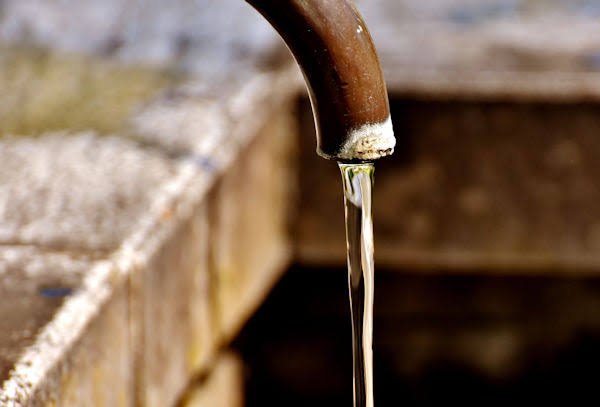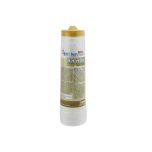
‘Hard’ water is the term commonly used to describe a quality of water which contains an above-average amount of dissolved calcium and magnesium ions. Levels of water hardness vary significantly across Australia with some areas as low as ten parts per million (ppm), right up to areas of South Australia that are reaching up to six hundred ppm. Whilst figures as high as these are not cause for concern in regards to health, they are often aesthetically-displeasing and can be attributed to most mechanical failures and blockages of equipment that utilise the water as part of a process. In a residential environment the term ‘hard water’ was originally applied to water sources that proved difficult to wash clothing and linen in. This made reference to the soap-wasting attributes of hard water, as high levels of dissolved calcium and magnesium can diminish the lathering ability of soap and cleaning products.
The dissolved calcium and magnesium salts in hard water are primarily responsible for most of the scale build-up seen in water pipes and drains. Whilst usually slow to occur on cold water lines, the build-up of hardness is exacerbated by temperature from heating elements such as the ones found within hot water systems and coffee machine boilers. This occurs due to the breakup of hydrogen carbonate into carbonate and carbon dioxide; as the temperature increases the removal rate of carbon dioxide increases leaving the calcium to form with the carbonate. As the concentration increases, calcium carbonate crystalizes as the salt CaCO3 which is the almost insoluble substance seen inside kettles and boilers.
For more information or assistance with water hardness or the removal of scale build-up, send our team an email at [email protected] or give our friendly sales staff a call on 1300 724 249.










